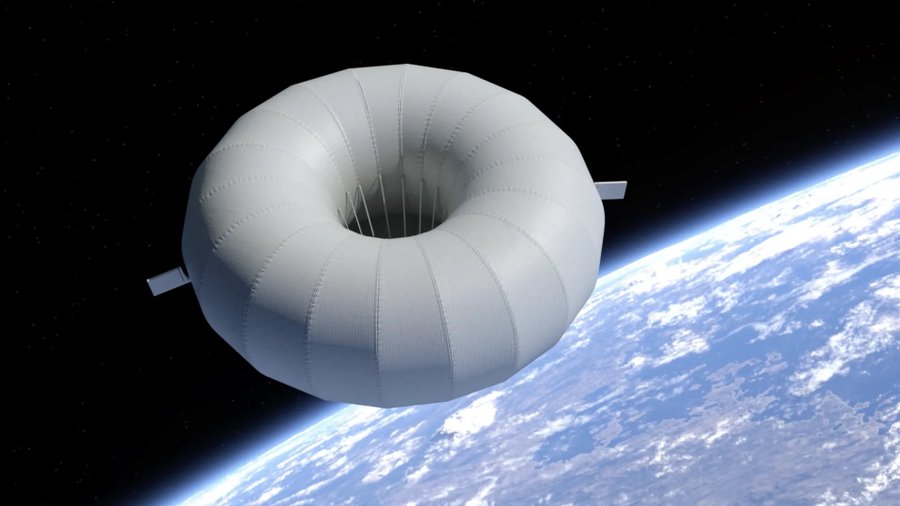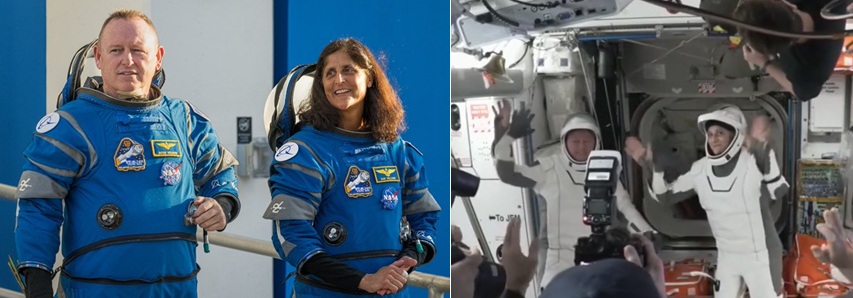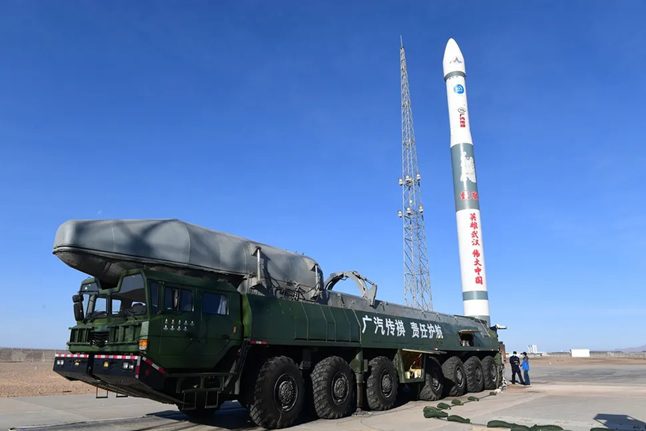After an odyssey of delays, the Falcon V1.1 launch vehicle was successfully launched carrying SES-8, its first ever commercial spacecraft to a Geostarionary Transfer Orbit (GTO). The launch took place at 2241 GMT from Cape Canveral Florida on 3 December, and the SES-8 craft was injected to a high apogee supersynchronous transer orbit of 80,000km x 295km. The satellite’s own engine will both lower this apogee and raise the perigee into a 36,000km circular geostationary Earth orbit (GEO) with the spacecraft positioned at 95 degrees East over the equator. The supersynchronous transer orbit technique allows for a much more efficient incliantion removal to reach this orbit. The spacecraft which is carrying thee quvialent of 33 Ku-band transponders.
https://www.youtube.com/watch?v=cXEJLhAh-Kg
The launch came after a series of delays. On 25 November the launch was delayed by technical fault with first stage including a valve issue and a set of unexpected readings from the oxygen tank. The launch was then prevented the following two days due to FAA launch restrictions due to high air traffic during the US Thanksgiving holiday. An attempt to launch on 28 November was automatically aborted after computers detected that the vehicle’s engines had not powered up enough after ignition seconds before launch. The planned flight on 2 December was moved to 3 December to provide more time to clean and inspect the engines. On 3 December the Falcon 9 rocket flew well.






